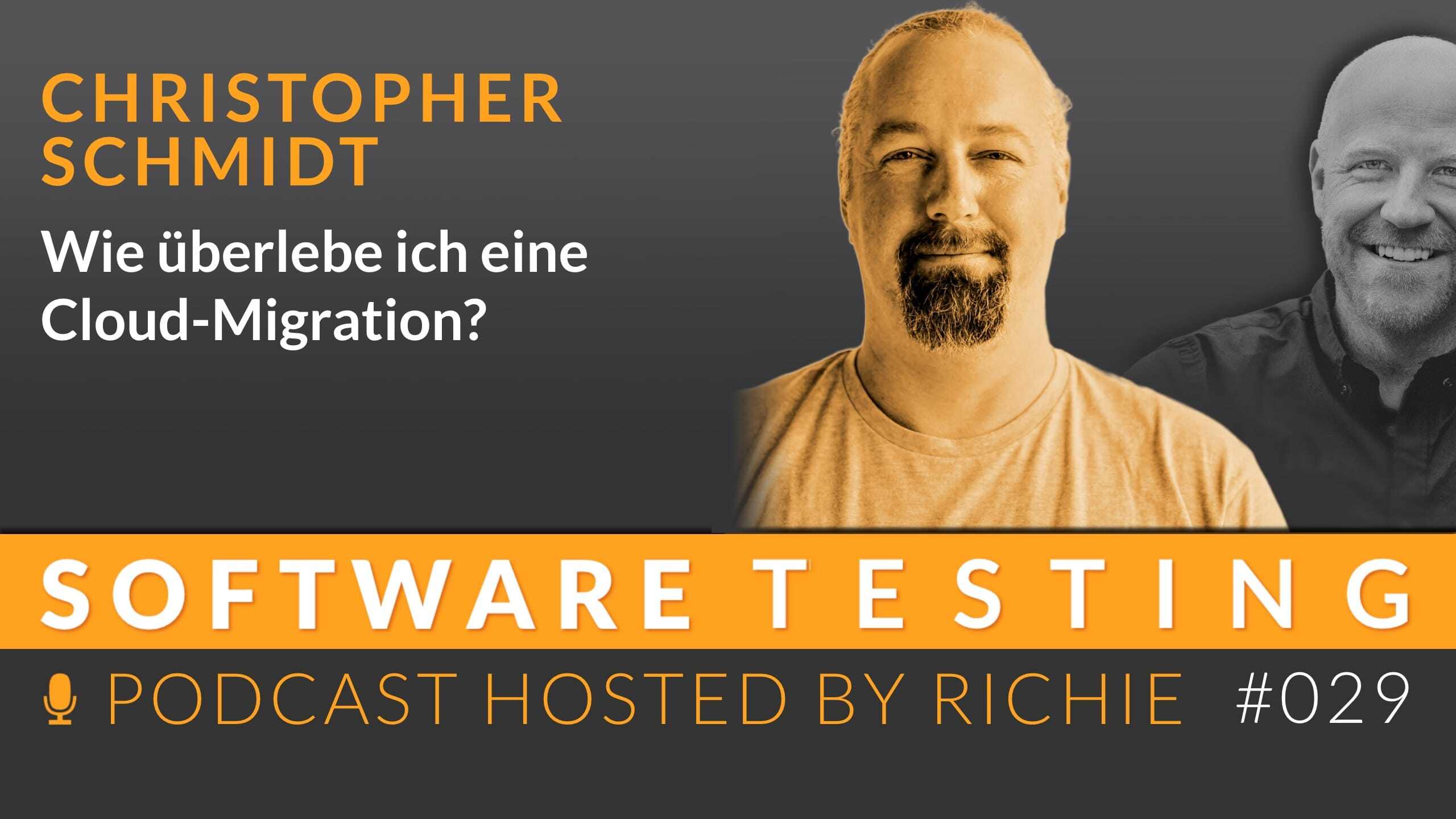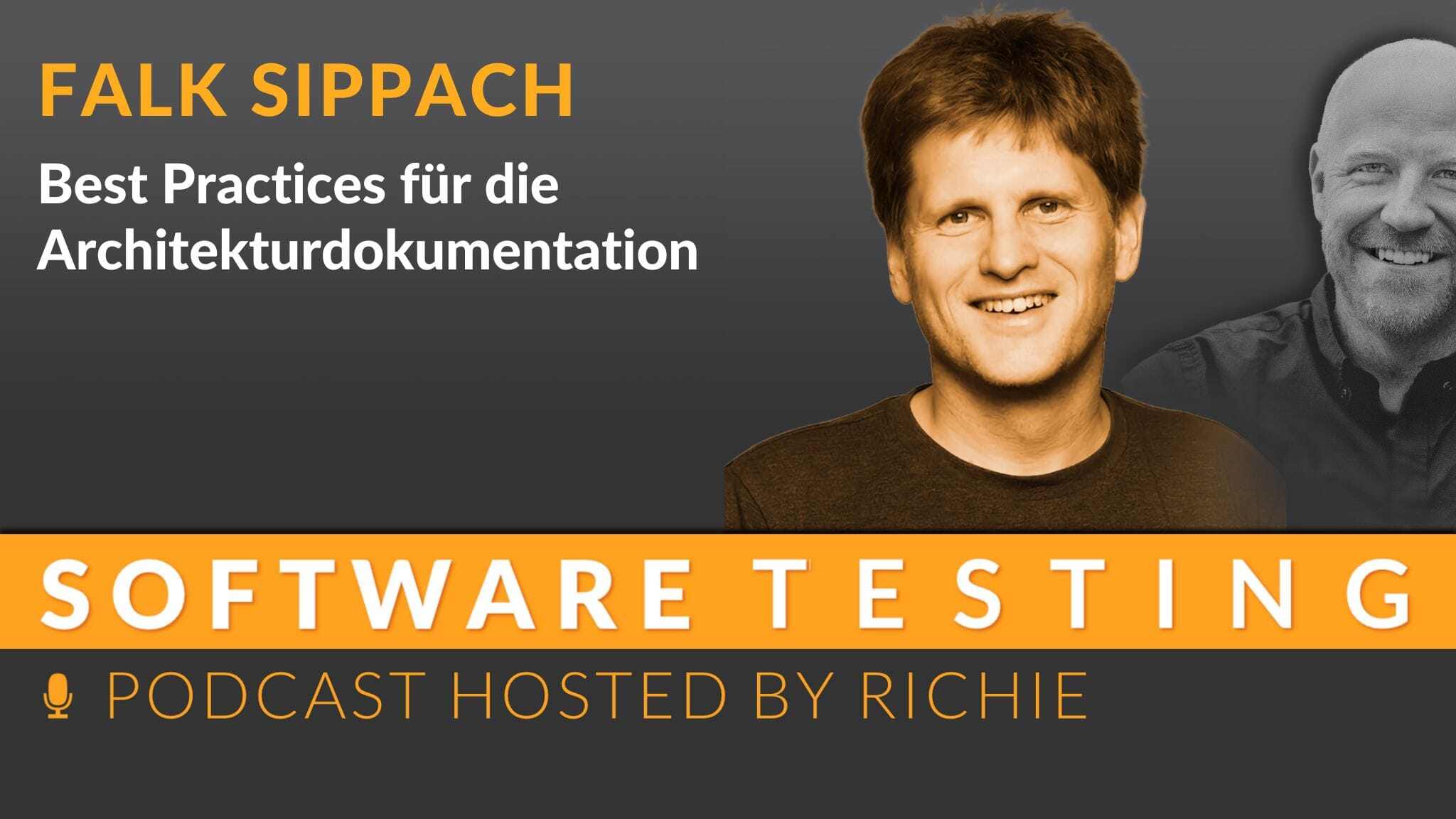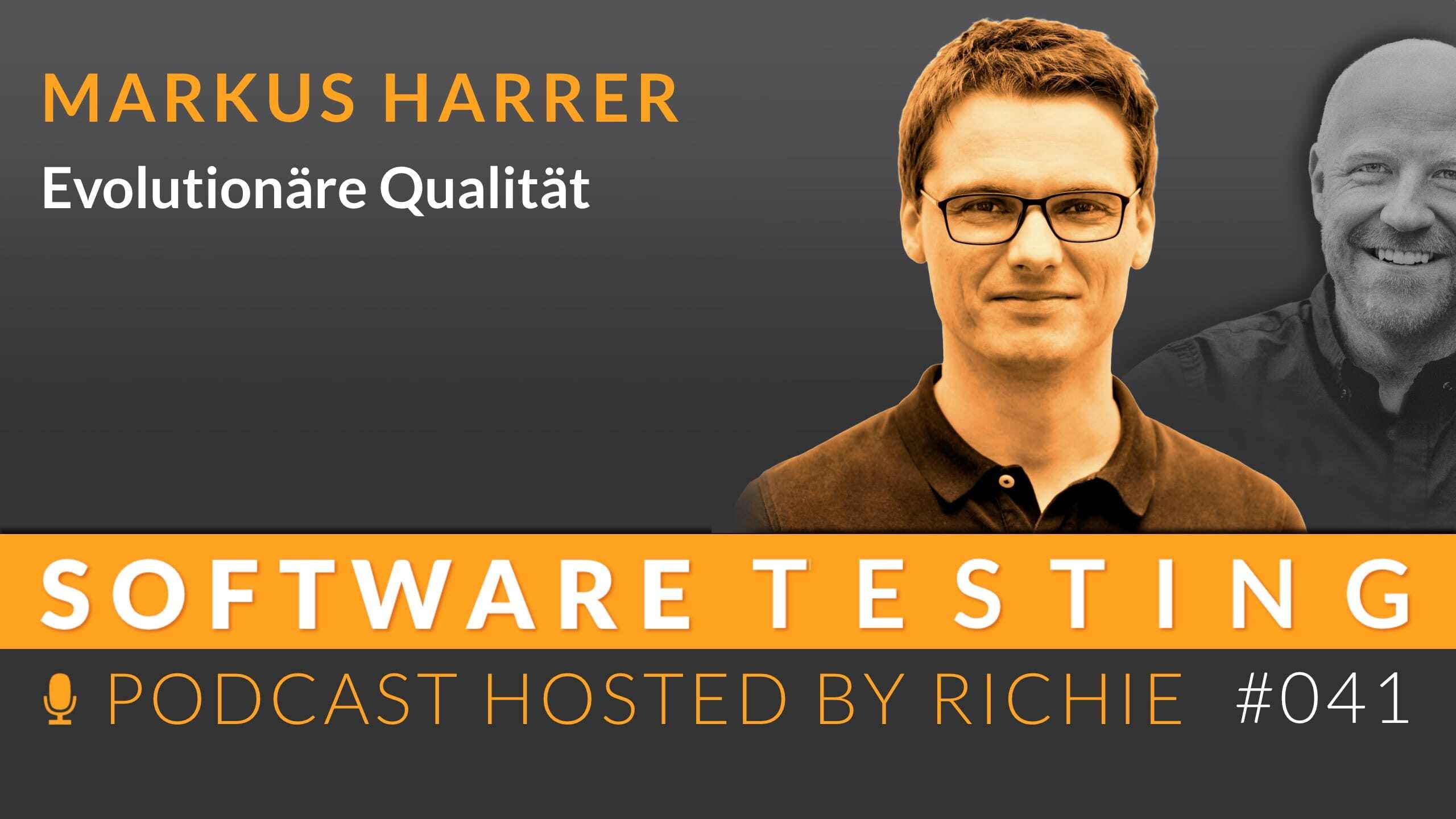Best Practices for (Architecture) Documentation
I talk to Falk Sippach about the importance and methods of efficient architecture documentation. We discuss how documentation is often neglected and...

The cloud offers advantages such as scalability and cost savings, but also challenges such as data migration and security, and a stable architecture is crucial for refactoring. A well-organized migration and the adaptation of the team are decisive for success. However, the software must also be suitable for the cloud and tested accordingly.
“Then, of course, you also hope for cost reductions (…) because you no longer have to maintain your own systems, you no longer need infrastructure people - at least that’s what you think.” - Christopher Schmidt
Christopher is a Senior Consultant at INNOQ Switzerland and has been working as a software engineer and architect for over 25 years. He has led numerous demanding and extensive software projects to success in responsible roles. With his leading knowledge of the latest cloud technologies, he has been a sought-after consultant and conference speaker for many years, especially for migrating mission-critical solutions to the cloud.
Highlights of this episode:
Cloud migration is a complex undertaking that goes far beyond technical aspects and involves both organizational and cultural challenges. The key to success lies in well thought-out planning, the consideration of security, resilience and the continuous adaptation of processes.
In today’s fast-paced digital landscape, companies have felt a constant urge to move their infrastructure to the cloud. This movement is driven by the promise of cost savings, increased flexibility and scalability. In an inspiring conversation with Christopher Schmidt, an expert in cloud technology, we talked about the multi-faceted world of cloud migration. Our discussion took us through the many aspects and challenges that companies face in such an endeavor.
There is often more to the decision to migrate to the cloud than simply striving for technological progress. In addition to obvious benefits such as cost reduction and flexibility, it is also important to overcome hurdles such as security concerns or a lack of internal expertise. What is interesting here is Christopher’s view that many of the problems that come to light in a cloud environment were often already present in traditional systems - but were swept under the carpet.
A successful cloud migration rests on three main pillars: Infrastructure, architecture and organization. Each of these areas brings its own challenges. From migrating legacy systems to a modern cloud infrastructure to dismantling monolithic systems and adapting organizational structures - all of this requires careful planning and execution. Of particular note is the need for cultural change within the company to make the transition as smooth as possible.
There is no one-size-fits-all solution on the road to the cloud. However, there are some best practices that can help companies avoid typical stumbling blocks. These include gradual migration using lift & shift approaches, refactoring existing systems to improve their architecture and implementing agile methodologies. There should also be a particular focus on establishing a continuous integration and deployment pipeline (CI/CD) in order to automate processes and optimize quality assurance measures.
One of the key elements for a successful migration is a robust test procedure. This involves not only functional testing of old systems, but also new challenges such as network latencies or temporary service outages in the cloud environment. Christopher emphasizes the need for resilience testing and comprehensive automation of all test processes as part of the CI/CD pipeline.
A cloud migration is much more than a purely technical undertaking. It is a comprehensive transformation process that combines both technological and human aspects. The importance of a holistic approach involving all stakeholders - from developers to operations teams to company management - cannot be overemphasized.

I talk to Falk Sippach about the importance and methods of efficient architecture documentation. We discuss how documentation is often neglected and...

Language models have been around for a long time. But the release of ChatGPT hit like a bomb. Maybe that’s because it’s so easy to access. I think...

Evolutionary quality refers to the adaptation of software qualities through various evolutionary phases: Creation, customization, product and...